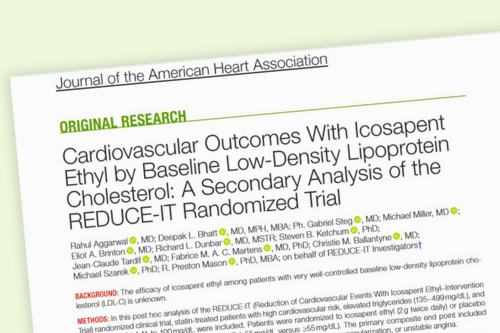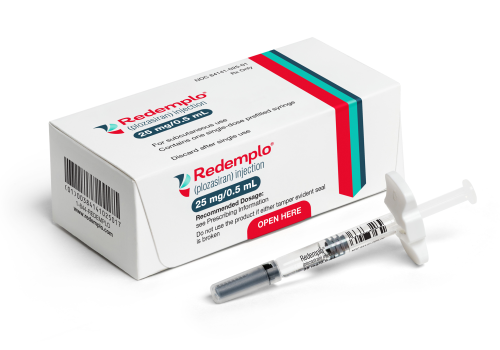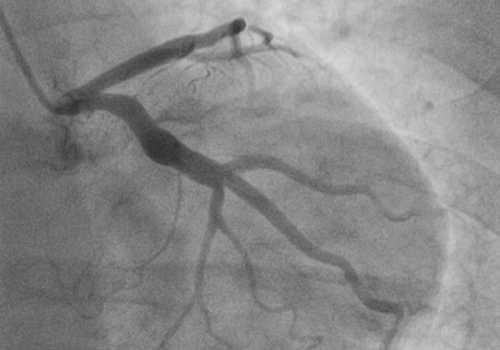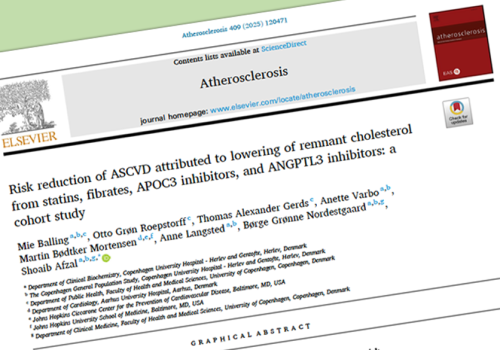
Among statin-treated patients with elevated TG and high cardiovascular (CV) risk, icosapent ethyl (IPE) reduced CV events irrespective of baseline LDL-C.
These are the latest findings to be published from post hoc analyses of data from REDUCE-IT.
Among 8175 patients with baseline LDL-C data, 7117 (87.1%) had LDL-C ≥55 mg/dL and 1058 (12.9%) had LDL-C <55 mg/dL. In patients with LDL-C <55 mg/dL, the rate of the primary composite end point (CV death, nonfatal myocardial infarction, nonfatal stroke, coronary revascularization, or unstable angina) was lower in the IPE than in the placebo group (16.2% versus 22.8%; hazard ratio [HR], 0.66 [95% CI, 0.50–0.87]; absolute risk reduction 6.6%; p=0.003).
A lower rate of the primary composite endpoint was also seen in patients with LDL-C ≥55 mg/dL, compared to placebo (17.4% versus 21.9%; HR, 0.76 [95% CI, 0.69–0.85]; absolute risk reduction 4.5%; p<0.0001).
No significant interaction was observed between baseline LDL-C and treatment groups including among eligible patients with optimal LDL-C control, and results were consistent among secondary CV end points and in sensitivity analyses.
The investigators point to the exploratory finding of a numerically greater primary outcome reduction in patients with lower LDL-C compared with higher LDL-C (34% versus 24%), which they suggest could be a marker of improved adherence to both statins and IPE. However, they stress that further studies are needed to evaluate if this signal is real.
“The large and statistically significant reduction in cardiovascular endpoints with icosapent ethyl in patients with LDL-C <55 mg/dL suggests that this agent should also be considered for cardiovascular event prevention in statin-treated patients with elevated cardiovascular risk despite well-controlled LDL-C,” they conclude.
Reference
Aggarwal R, Bhatt DL, Steg PG et al; REDUCE‐IT Investigators. Cardiovascular Outcomes With Icosapent Ethyl by Baseline Low-Density Lipoprotein Cholesterol: A Secondary Analysis of the REDUCE-IT Randomized Trial. J Am Heart Assoc. 2025 Mar 4;14(5):e038656.







